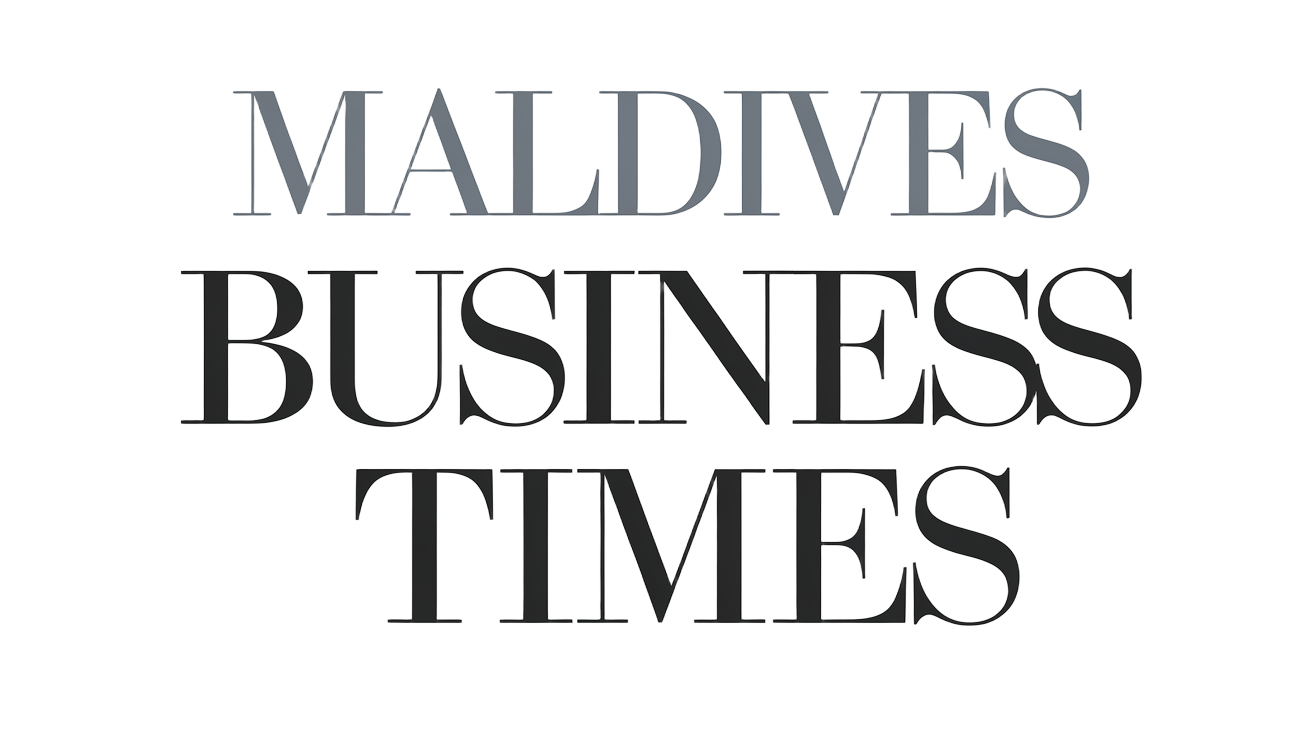A growing number of leading economists are warning that the U.S. economy could be headed for a recession, with uncertainty surrounding President Donald Trump’s tariff policies emerging as a key driver of market volatility and business hesitation.
A new Wall Street Journal survey of 64 economists, conducted in early April, found that the probability of a U.S. recession within the next 12 months had risen to 45%. While still lower than previous peak forecasts during earlier economic scares, the spike in concerns coincides with the latest wave of tariff announcements by the Trump administration—particularly a reciprocal tariff plan announced and then paused around “Liberation Day.”
Several chief economists from top financial institutions—JP Morgan, Moody’s, KPMG, and the Economist Intelligence Unit—have voiced increasing concern over the economic trajectory. KPMG’s Diane Swonk placed the chance of a recession this year at around 60%, warning of the potential for a deeper downturn than many currently expect. JP Morgan has also raised its estimate from 40% to 60% in response to early April tariff announcements.
“This level of policy uncertainty is paralyzing capital spending decisions,” said one JP Morgan economist, noting that globally-oriented companies are finding it increasingly difficult to plan amid shifting trade rules. “The strategy seems to be to create chaos—and that chaos is contagious.”
Economists noted that while past forecasts of recession did not materialize, the current environment differs because of the wide-reaching impact of tariffs on manufacturing and consumer prices. Trump has repeatedly touted tariffs as a way to bring jobs back to U.S. factories, but recent walk-backs suggest rising pressure amid economic fallout.
Federal Reserve Chair Jerome Powell acknowledged that tariffs could trigger a rise in inflation—possibly temporary but potentially persistent. The central bank’s preferred inflation measure, the Core PCE Index, rose 2.8% year-over-year in February. Economists warn that this could hit 4% by year’s end, driven by supply chain disruptions and price pass-throughs.
“If tariffs affect key components—like seat belts for cars—you’re going to see shortages,” one economist explained. “That drives prices up in the short term, and if wages chase those prices, you risk entering a wage-price spiral.”
This scenario raises fears of stagflation, a painful economic mix of sluggish growth, rising prices, and high unemployment—a problem that plagued the U.S. in the 1970s. Economists stressed that this would challenge the Fed’s dual mandate to manage inflation and maximize employment.
As businesses grapple with rising costs and consumers feel the squeeze, central bankers face tough choices. Aggressively cutting rates could worsen inflation, while keeping rates high could slow job growth.
“The Fed is likely to be fashionably late,” one economist noted. “They may tolerate softer growth to prevent inflation expectations from becoming unanchored.”
Trump has signaled some willingness to soften his stance, including reconsidering a previously announced 145% tariff on Chinese imports. Still, economists caution that a true retreat must involve not only lower tariff levels but greater clarity on future policy direction.
“Trust is the oil of the market machine,” one economist said. “Without it, you can’t do transactions. The markets—and the economy—need certainty.”
As policymakers weigh their next moves, the stakes for the U.S. economy remain high—and increasingly unpredictable.


